Trin-for-trin guide til opgradering af dit SCADA-system
Opgradering af dit SCADA-system er en vigtig opgave, der kræver omhyggelig planlægning og udførelse. En velstruktureret plan vil hjælpe med at reducere risici, minimere afbrydelser og sikre en nem overgang.
Dette er del 3 af en serie i seks dele om opgraderinger af SCADA-systemer. I denne serie udforsker vi hvert trin i opgraderingsprocessen i detaljer, herunder:
- Del 1: 7 tegn på at du skal opgradere dit SCADA-system nu
- Del 2: 8 grunde til at opgradere dit SCADA-system med AVEVA
- Del 3: Trin-for-trin-guide til opgradering af dit SCADA-system
- Del 4: Udfordringer og fejl, du skal undgå i din SCADA-opgradering
- Del 5: Eksperternes råd til opgradering af SCADA-systemet
- Del 6: Indblik i de forskellige typer af AVEVA SCADA-løsninger
I denne guide gennemgår vi processen trin for trin, fra planlægning til support efter implementeringen.
1. Planlægning:
Det første skridt i enhver SCADA-opgradering er grundig planlægning. Lav en detaljeret tjekliste, der skitserer dine opgraderingsmål, nødvendige ressourcer, tidslinje og potentielle udfordringer. Definér klart, hvad du ønsker at opnå med opgraderingen, for eksempel bedre ydeevne, øget sikkerhed eller forbedret integration. Fastlæg et realistisk budget for software, hardware, licenser, uddannelse og nedetid. En stærk plan er afgørende for succes.
Vi kan hjælpe med denne planlægningsproces via vores ekspertise inden for både teknologi og industriel drift.
2. Vurdering af dit system:
Før du opgraderer, skal du foretage en komplet vurdering af dit nuværende SCADA-system. Udfør en SWOT-analyse for at identificere styrker, svagheder, muligheder og trusler. Det vil afsløre områder med plads til forbedringer og potentielle risici. Du kan blandt andet finde sikkerhedssårbarheder eller integrationsudfordringer, som skal løses under opgraderingen. Brug oplysningerne fra vurderingen til din strategi og sørg for, at det nye system passer til dine behov.
Vores viden om AVEVA-produkter kan hjælpe dig med at udføre denne vurdering effektivt.
3. Vælg det rette system:
Det er vigtigt at vælge det rette SCADA-system. Inddrag interessenter som eksempelvis den øverste ledelse, IT- og driftsteams. Overvej faktorer som skalerbarhed, kompatibilitet med eksisterende systemer og vigtige funktioner for din virksomhed. AVEVA tilbyder en række forskellige SCADA-løsninger, så tag dig tid til at vurdere, hvilken version der passer bedst til din virksomheds behov. Målet er at opgradere og optimere din SCADA, så den understøtter dine operationelle mål.
Vi kan anbefale og implementere den ideelle løsning til dine specifikke krav.
4. Migrationsplan:
Udarbejd en detaljeret migrationsplan for overførsel af data og systemkomponenter. Tag stilling til datamigrering, hardwareopgraderinger og systemkonfiguration. En gennemtænkt plan forhindrer datatab, reducerer nedetid og sikrer en gnidningsløs overgang. Overvej at køre en pilotmigrering for at teste processen i mindre skala før fuld udrulning, så eventuelle problemer kan løses, før de påvirker produktionen.
Vi sikrer, at hvert trin i migreringen håndteres gnidningsløst, så potentielle risici mindskes.
5. Implementeringsfasen:
6. Test:
Test er en vigtig del af opgraderingsprocessen. Når det nye SCADA-system er installeret, skal der udføres omfattende test af det. Testene skal dække dataintegritet, systemets ydeevne, sikkerhed og integration med andre systemer. Identificer og løs eventuelle problemer med din leverandør før fuld implementering. Grundig testning sikrer, at systemet opfylder dine driftsbehov og reducerer risikoen for fremtidige problemer.
Vores grundige testprocedurer sikrer, at dit SCADA-system er fuldt optimeret og pålideligt, før det tages i brug.
7. Træning:
Når systemet er testet og klar, er uddannelse afgørende. Operatører og vedligeholdelsesansvarlige vil være ansvarlige for at bruge og styre SCADA-systemet, så de skal være velorienterede om dets funktioner. Træningen bør omfatte grundlæggende betjening og avancerede fejlfindingsteknikker. Veluddannet personale er afgørende for at maksimere systemets fordele og kan også hjælpe med at uddanne andre.
Vi tilbyder omfattende træning for at sikre, at dit team er fuldt udrustet til at håndtere det opgraderede SCADA-system.
8. Support:
Når dit SCADA-system er taget i brug, er løbende support afgørende for succes på lang sigt. Lav en supportplan, der omfatter hjælp fra leverandøren, regelmæssige opdateringer og interne ressourcer til fejlfinding. Vær klar til at løse eventuelle problemer i den første tid efter implementeringen. En stærk supportplan hjælper med at reducere nedetid og sikrer, at dit system kører problemfrit.
Vi yder løbende support for at sikre, at dit system kører problemfrit og effektivt efter opgraderingen.
Konklusion:
Er du klar til at opgradere dit SCADA-system? Vi tilbyder skræddersyede løsninger, der sikrer smidige og effektive opgraderinger. Kontakt os for at komme i gang med at optimere dit SCADA-system i dag.
















